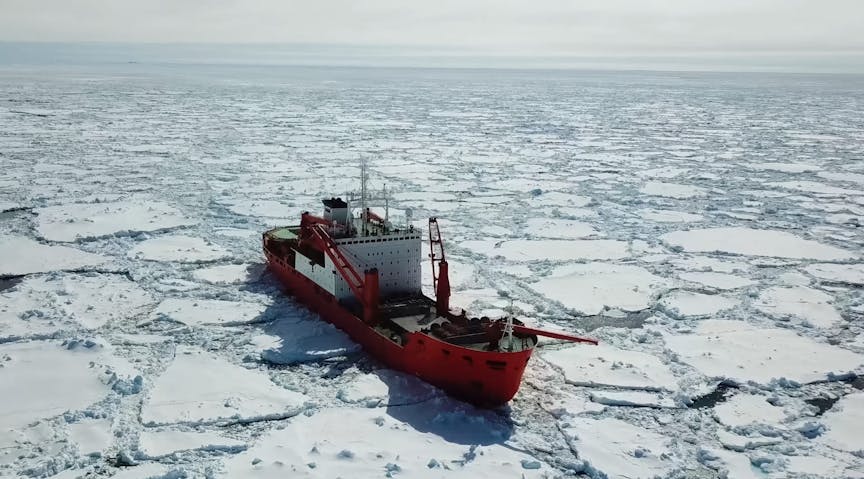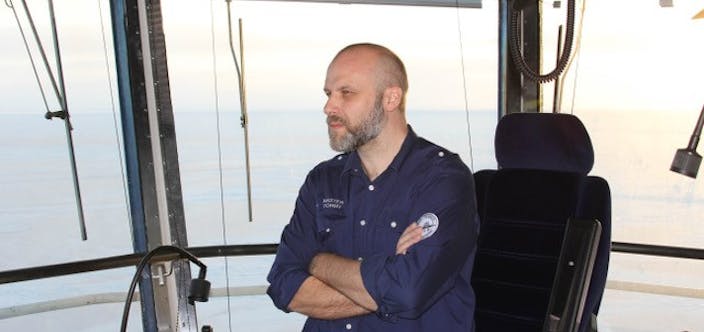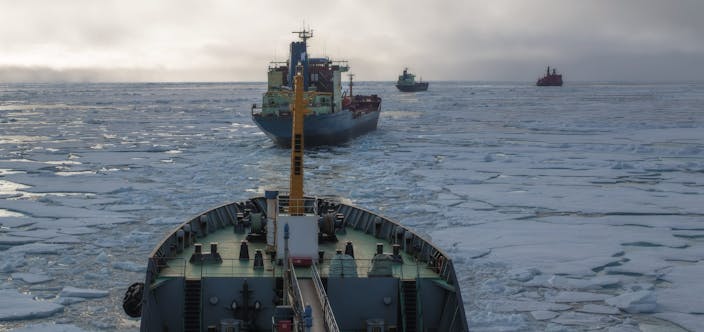ICE NAVIGATION AND DAMAGE REPORTING

The Risk
Hull damages caused by striking ice are a common insurance claim. To prevent losses, it is important to verify the seasonal and permanent ice conditions for the intended area of navigation. For example, in the Baltic seasonal ice is most predominant between January and March, however in Greenland there are both seasonal and permanent conditions to account for.
It is also crucial to respect the limits of the vessel. Even when there is pressure to deliver cargo it is still necessary to pay due diligence to what the vessel is capable of withstanding and avoid getting to a point where damage can occur. To properly assess the ice conditions, ensure that you have the latest information and a good level of experience onboard.
Remember to keep the rudder midships when going astern and when in ballast condition ensure that the vessel floats according to its ice class (deep enough) and preferably on an even keel.
To be entitled to icebreaker assistance the vessel must be compliant with restrictions set by the relevant authorities for the area and follow all instructions given by VTS and ice breakers. This is an important aspect of safe ice navigation.
If the ice conditions do become challenging, inspect the vessel for damage and report each single casualty to the insurer. Under the Nordic Marine Insurance Plan (NMIP) Clause 12-18 a single casualty is defined as damage caused by navigating in ice which has occurred during the period between departure from one port and arrival at the next one. Do not wait until scheduled dry docking to inform the insurer of damages.
Lessons Learned & Recommendations
- Have the right information and experience onboard to properly assess the ice conditions.
- Maintain/increase/share knowledge at every opportunity.
- Know the vessel limits and respect them.
- Understand your insurance terms.
- Inspect for damage after striking ice/encountering difficult conditions and report each single casualty to the insurer.
- The vessel will not be able to secure ice breaker assistance if it does not adhere to the restrictions set by the relevant authorities for the area or if it fails to follow instructions given by VTS and ice breakers.
A Quick Synopsis!
- Whilst you have a duty to deliver cargo as contracted, you also have a duty to respect the limits of the vessel when navigating in ice.
- Conducting a proper assessment of the conditions is crucial to decision making.
- There is a requirement to check for hull damage after striking ice (particularly in difficult/borderline conditions) and report to the insurer.
- Ensure that the vessel is able to secure ice breaker assistance to facilitate safe ice navigation.
More information on ice navigation and best practices can be found via the following links.
- Alandia’s Ice Portal
- Alandia’s articles on winter operations
- Daily ice charts for the Baltic
- Useful Reference: The Ice Navigation and Seamanship Handbook (Witherbys).


